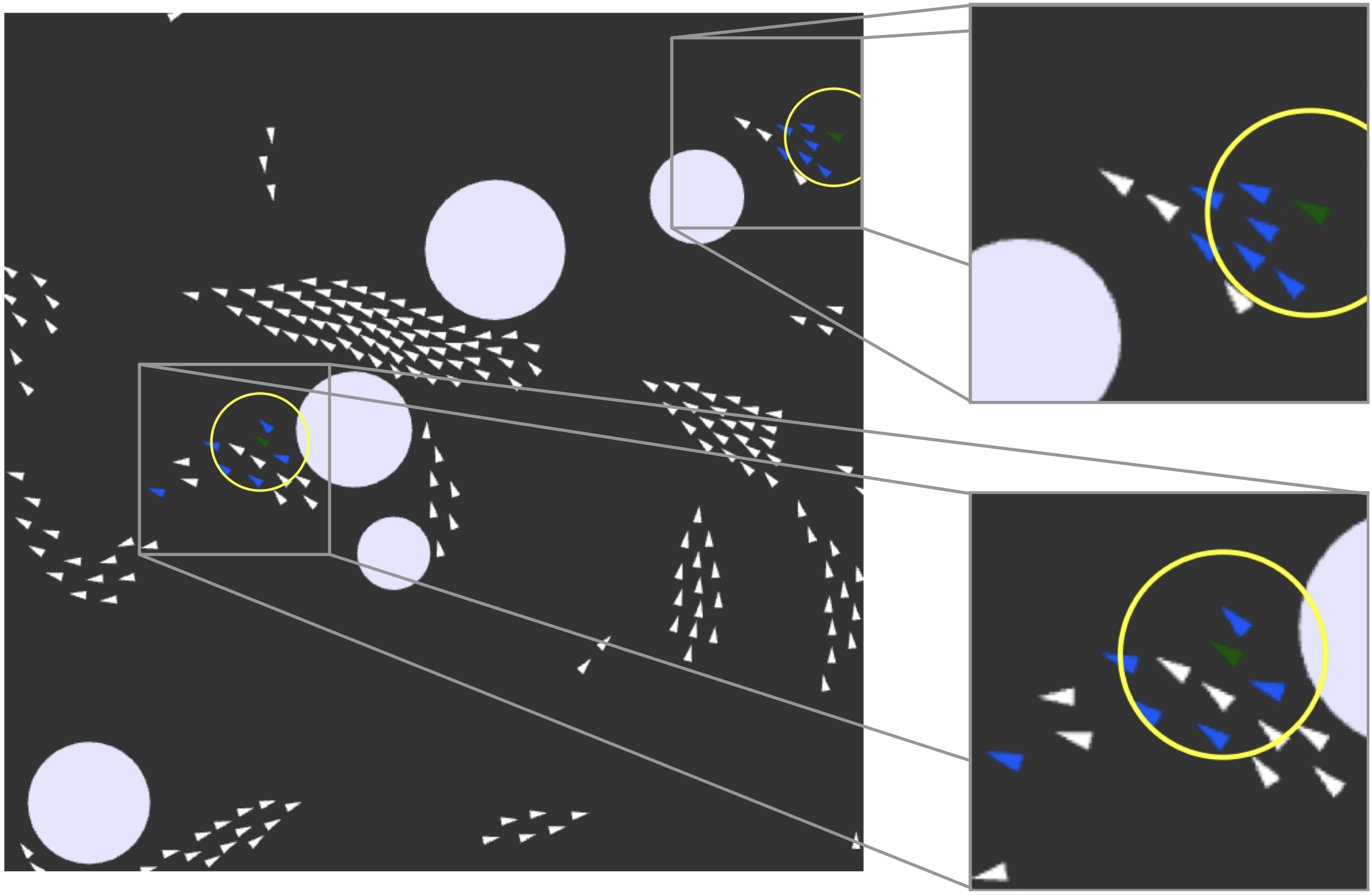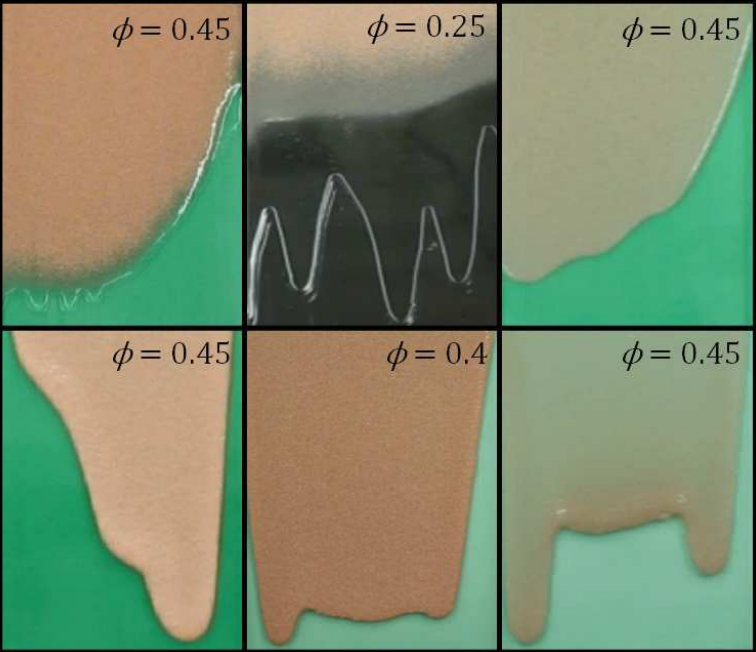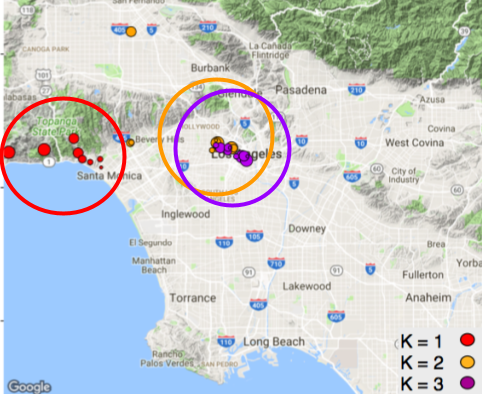Graph neural networks for multi-agent systems

Multi-agent systems are groups of individuals whose collective behaviour allows them to complete some task. For example, a swarm of bees might work together to locate a promising food source, cars/bikes on the road follow specific rules to get to their individual desired locations, or fans in a sports stadium will work together to do the wave at a football game. Researchers use graph neural networks to perform trajectory prediction (given one time step), predict the next time step in a multi-agent system, though they typically do not verify that their model captures the appropriate individual behaviour. My work is to verify which models capture this behaviour appropriately and propose models that capture this behaviour.

